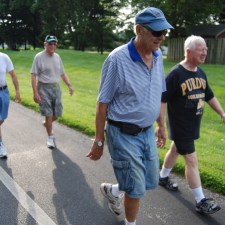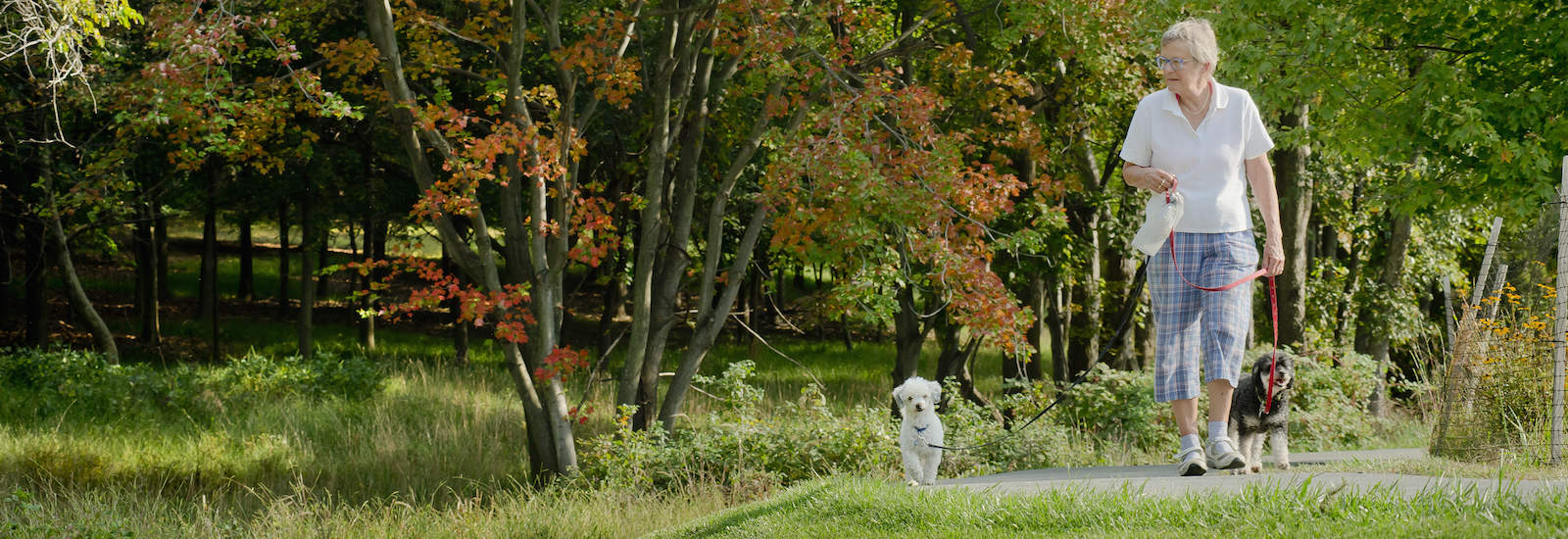Walking: Good for Body and Mind

Each year, Americans spend millions of dollars on diets, exercise equipment, books and fitness memberships. We are deluged with studies discussing how various foods and exercise programs can prevent a host of diseases and conditions. But all that information can be overwhelming and confusing. Financial pressures give us one more reason not to join the gym or buy that new piece of equipment.
As simple as it sounds, the best preventive measures are the ones that you’ll do.
I’m a strong advocate of walking. There’s nothing to learn. There’s no equipment necessary. No one will charge you a monthly fee. And research shows that walking has solid aerobic benefits without the higher risk of joint stress and injury that can come with more strenuous types of exercise.
Now, more recent studies are linking the kind of aerobic activity you get with brisk walking to good brain health, too.
A 2013 study by the University of British Columbia recruited women ages 70 – 80 with mild cognitive impairment. Researchers created three groups to engage in different types of exercise two times a week for six months. One did resistance training, another walked briskly and one conducted stretching and toning exercises. At the end, the women in the resistance and walking groups performed better on almost all of the cognitive tests than they had prior to the study’s onset. The stretching and toning group declined cognitively during that period.
This study shows how just taking a brisk walk two times each week may make a real difference in your brain’s health as you age.
If you’ve been hibernating this winter and are having a hard time getting back into the groove, just 10 to 15 minutes is a great place to start. Set your goal to sustain a brisk walk for 20 to 30 minutes at least three times each week for maximum physical and cognitive benefit. And remember to always consult a physician before starting a new exercise pattern.
What is a brisk pace? There are many definitions and objective measures. While exercising, if you are able to carry on a conversation, but you notice that your heart rate and breathing are noticeably faster, you’ve probably got it. A casual stroll is never bad, but being deliberate to maintain a brisk pace will make the most of your time.
Guidelines on pace and exercises can be found by going to cdc.gov/healthyweight and clicking on the Physical Activity tab.
So get up and move! Your body and your brain will thank you.




